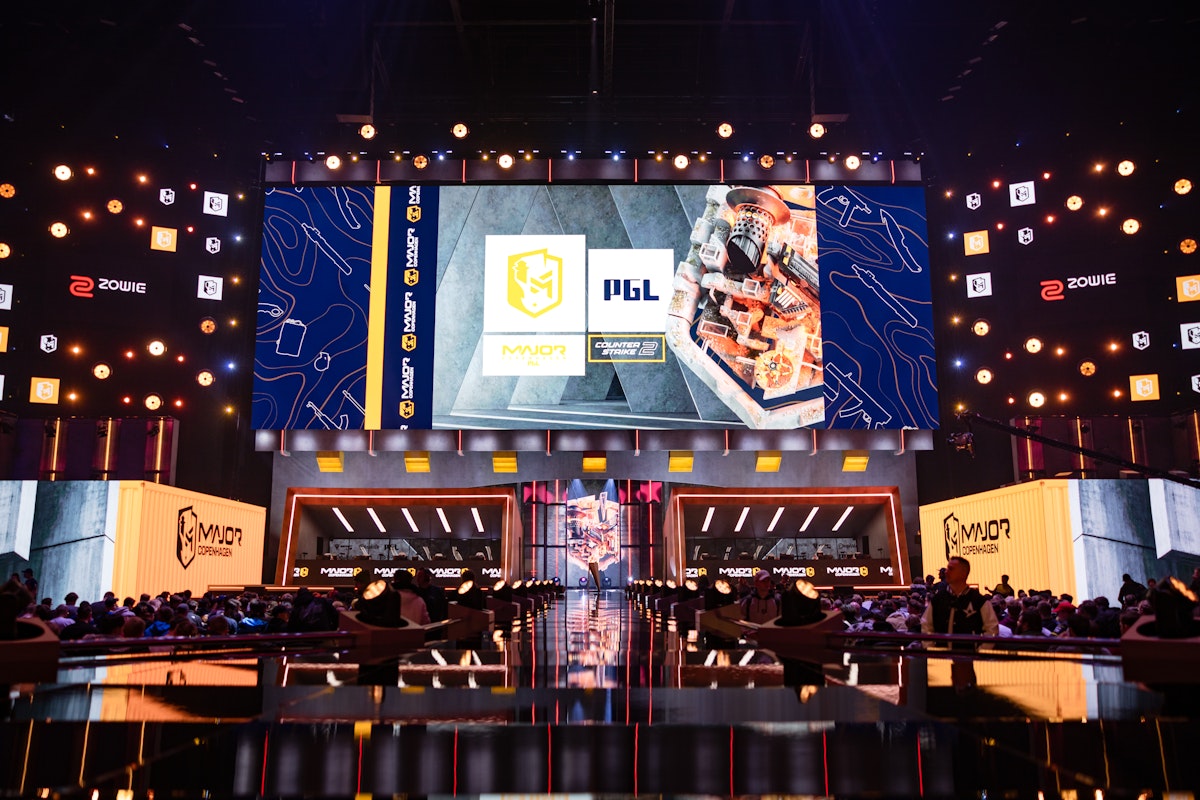AIM Uncovered
Exploring the latest insights and trends in technology and innovation.
Esports Evolution: How CS2 is Redefining Competitive Gaming
Discover how CS2 is transforming the esports landscape and setting new standards for competitive gaming. Join the evolution now!
The Rise of CS2: What It Means for the Future of Esports
The release of CS2 has marked a turning point in the world of esports, as it promises to elevate competitive gaming to new heights. With enhanced graphics, refined mechanics, and innovative gameplay features, CS2 aims to attract both veteran players and a new audience. This evolution is not just a technical upgrade; it represents a shift in the community’s expectations and aspirations. Teams, sponsors, and event organizers are already beginning to adapt their strategies to leverage the potential growth brought on by CS2.
Furthermore, the rise of CS2 influences the future landscape of esports by setting a benchmark for other games in the industry. Competitive titles that can’t keep pace with the innovations of CS2 risk becoming obsolete. As fans and new players flock to this modernized version, we may witness an increase in viewership and engagement across platforms, ultimately driving more investment into the esports ecosystem. In essence, CS2 not only revitalizes interest in the Counter-Strike franchise but also emphasizes the ever-evolving dynamics of competitive gaming.

Counter-Strike is a popular first-person shooter series that pits teams of terrorists against counter-terrorists in objective-based gameplay. Players can collect various skins and items, such as those found in the 2018 Nuke Collection, which features unique designs and adds a layer of customization to the game. The competitive scene of Counter-Strike has grown exponentially, making it a staple in esports.
CS2 vs. CS:GO: Key Changes and How They Impact Competitive Play
The transition from CS:GO to CS2 marks a significant evolution in the Counter-Strike franchise, introducing several key changes that directly impact competitive play. One of the most notable advancements is the upgraded graphics engine, which enhances visual fidelity and allows for more realistic gameplay mechanics. These changes include improved map lighting, which can affect visibility and strategy, and the introduction of dynamic smoke grenades that interact with the environment. This means that professional players will need to adjust their tactics as visual cues and map dynamics shift in response to these enhancements.
In addition to graphical improvements, CS2 introduces alterations to gun mechanics and movement that significantly affect competitive dynamics. For example, the rework of weapon handling has refined spray patterns and recoil, compelling players to invest time in mastering new shooting techniques. Furthermore, changes to player movement, such as improved strafing mechanics, enable more fluid and agile gameplay, which can change how engagements unfold in fast-paced matches. These tweaks require teams to adapt quickly and rethink strategies, making the transition from CS:GO to CS2 a topic of heated discussion among competitive players and analysts alike.
Is CS2 Set to Revolutionize Team Strategies in Esports?
The release of CS2 is anticipated to bring significant changes to team strategies in esports, fundamentally altering how teams approach competitive play. With advanced graphics, improved mechanics, and enhanced matchmaking systems, teams will need to adapt quickly to leverage the new features available. In online forums and community discussions, players express excitement about the potential for CS2 to introduce innovative tactics and strategies, which can potentially shift the balance of power among established teams. This evolution could lead to more engaging and dynamic matches, captivating fans and analysts alike.
One of the most compelling aspects of CS2 is its emphasis on teamwork and communication. As the game evolves, players will likely have to develop new roles and responsibilities specific to the nuances introduced in this iteration. It is precisely this element of adaptability that may revolutionize team play. Esports organizations might consider restructuring their rosters to ensure compatibility with the emerging strategies offered by CS2. As teams explore diverse strategies and synergies, we may witness an era where tactical innovation becomes the cornerstone of competitive success.